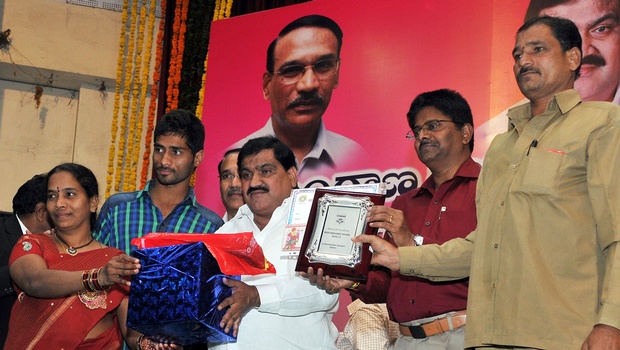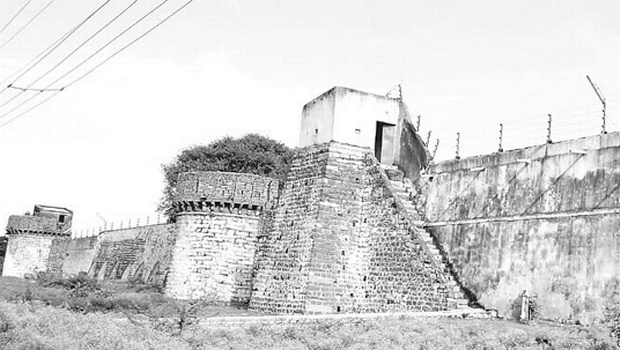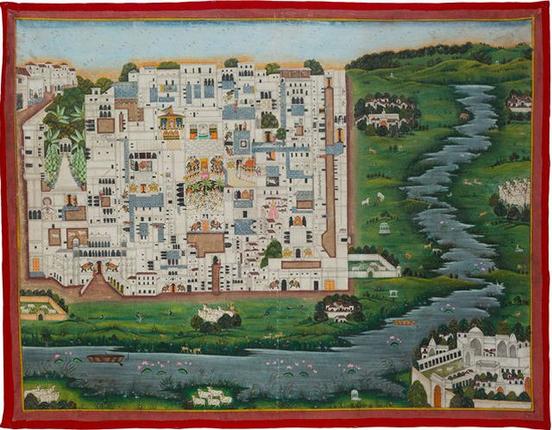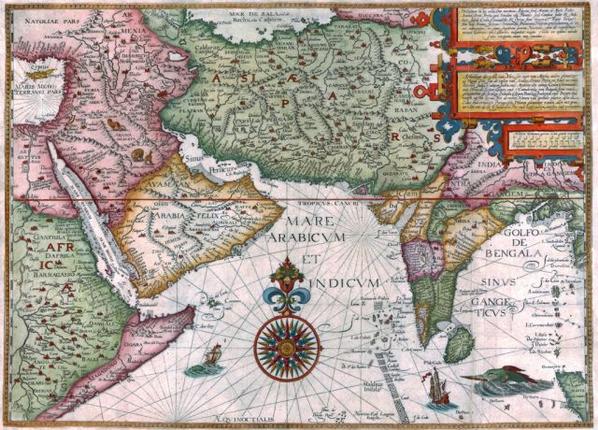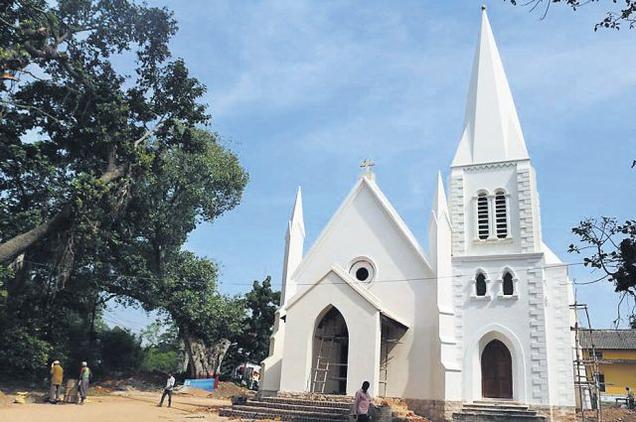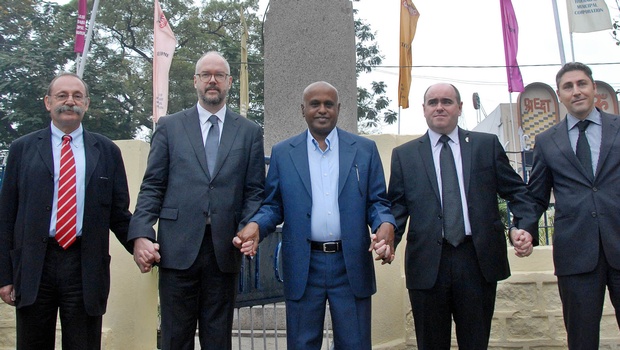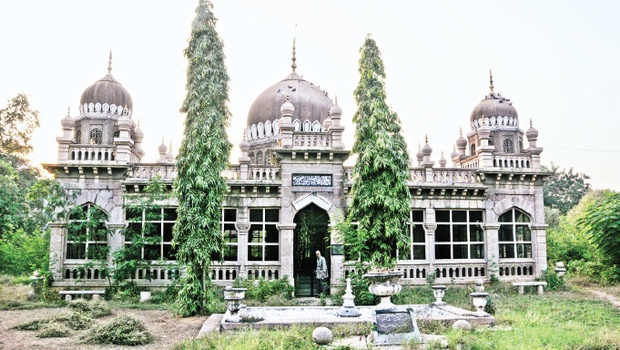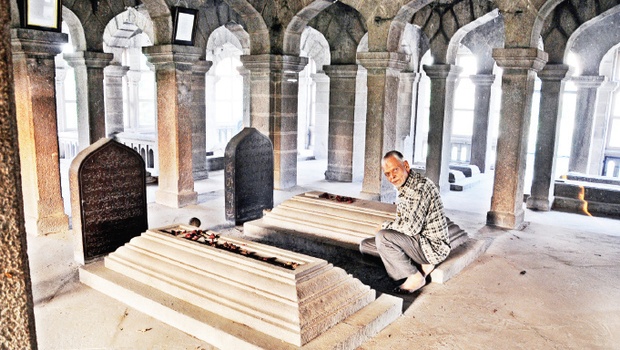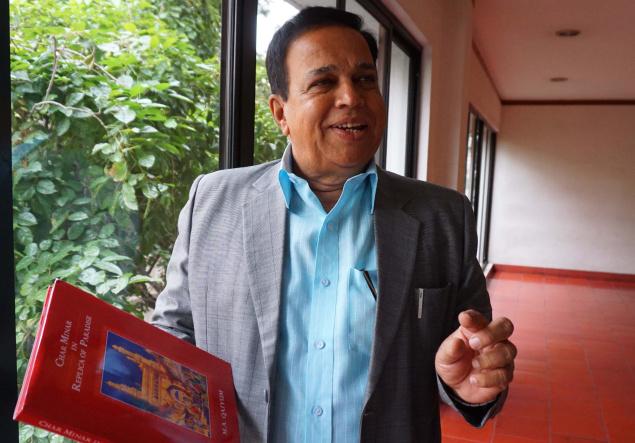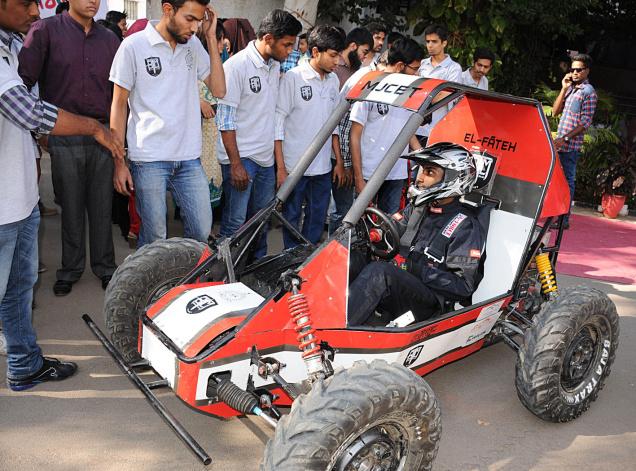
The All Terrain Vehicle, engineered by 25 students of Muffakkam Jah College of Engineering and Technology, will now compete on an international platform
In all of three months, 25 students of a city engineering college toiled to come up with a fine product. Their All Terrain Vehicle, named El-Fateh, will now compete on an international platform and vie for top honours.
Crafted by students of mechanical and production engineering students at Muffakkam Jah College of Engineering and Technology (MJCET), the ATV has been selected for Mahindra BAJA SAIENDIA, which will be held in Indore later this month.
Weighing about 270 kg, the ATV can cover 100 feet in 4.03 seconds and has a top speed of 52 km/hr. It uses a 305cc Briggs and Stratton engine, producing a torque of 19.5Nm, which is mated to an Alfa Mahindra transmission. Students involved in the project say the vehicle also has a first-of-its-kind mechanical paddle shifting mechanism, which is aimed at smoother shifts and ease of driving.
“This is a great practical experience for the students and they did a good job. We are confident of doing well in the event,” said Mohd. Viquar Mohiuddin, faculty advisor to the project.
“We spent 14 to 16 hours in the college every day for the last few months. There were times when we even slept in the college premises to complete the deadline of building the vehicle,” said Abdullah Zakria, a final-year mechanical engineering student.
Outlining the vehicle’s strong points, the team’s captain Mohd. Abdul Haq said, “One of the eligibility requirements was that the vehicle has to climb an inclination of 27 degrees but we managed to drive it over step sand boulders with about 40 degrees inclination.”
Cost Rs.4 lakh
The vehicle costs, which amounted to around Rs.4 lakh, and other expenses were borne by the college and private sponsors.
source: http://www.thehindu.com / The Hindu / Home> News> Cities> Hyderabad / by Staff Reporter / Hyderabad – February 17th, 2015
